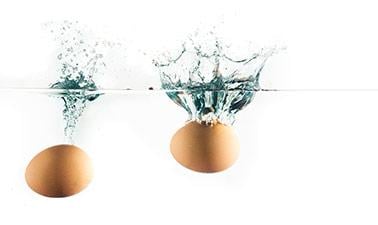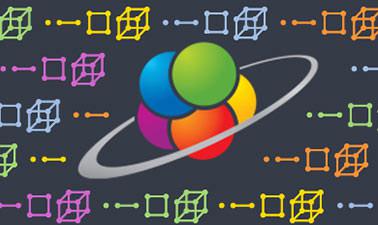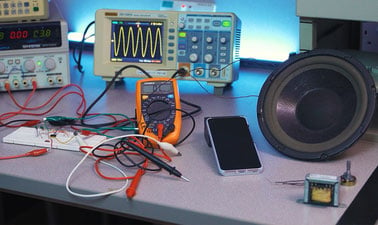The online work simulations on this page will allow you to discover in a practical way what mechanical work is and how it is calculated.
Work is a fundamental concept in physics that refers to the transfer of energy from one object to another by applying a force over a distance. Work is calculated by multiplying the magnitude of the applied force by the distance over which it is applied.
Mathematically, work (W) is defined as the scalar product of the force (F) applied and the displacement (d) made by the object in the direction of the force. Mathematically, work is calculated as W = F * d * cos(θ), where θ is the angle between the force and displacement vectors. Therefore, work is a scalar quantity and its unit of measurement in the International System is the joule (J). Depending on the value of the angle θ, mechanical work can be positive or negative.
The concept of work is fundamental in many areas of physics, such as kinematics, dynamics and energy. It provides an understanding of how the transfer of energy between objects takes place and how force can be used to perform tasks and change the velocity and position of objects. In addition, mechanical work is applied in many disciplines, from engineering and construction to biomechanics and applied physics in general.
These online work simulations are a wonderful aid to understanding this important physics concept.
Explore the exciting STEM world with our free, online simulations and accompanying companion courses! With them you'll be able to experience and learn hands-on. Take this opportunity to immerse yourself in virtual experiences while advancing your education - awaken your scientific curiosity and discover all that the STEM world has to offer!
- Force
- Drag
Work of a force
This simulation examines how much work a force applied to a block does. Click on the block and see how much work is done. What happens to the work done if the angle of application of the force is changed? Can you explain?
Drag the block
Pull the block and observe on the graph the work done as it moves.
Physics courses


AP® Physics 2: Challenging Concepts



AP® Physics 1 – Part 4: Exam Prep



Circuits for Beginners



AP® Physics 1 – Part 1: Linear Motion

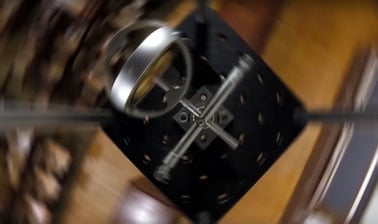

Mechanics, Part 2



Mechanics, Part 1



Dynamics and Control

Other courses


Introduction to Quantum Computing for Everyone



Energy and Thermodynamics


AP® Physics 1 – Part 4: Exam Prep



Energy to Electrochemistry Final Exam



Biorefinery: From Biomass to Building Blocks of Biobased Products

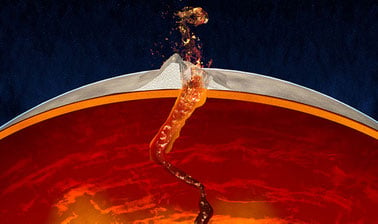

Earthquake Seismology



Advanced Fluid Mechanics 3: Potential Flows & Boundary Layers


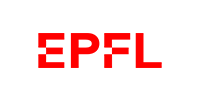
Basic Steps in Magnetic Resonance



